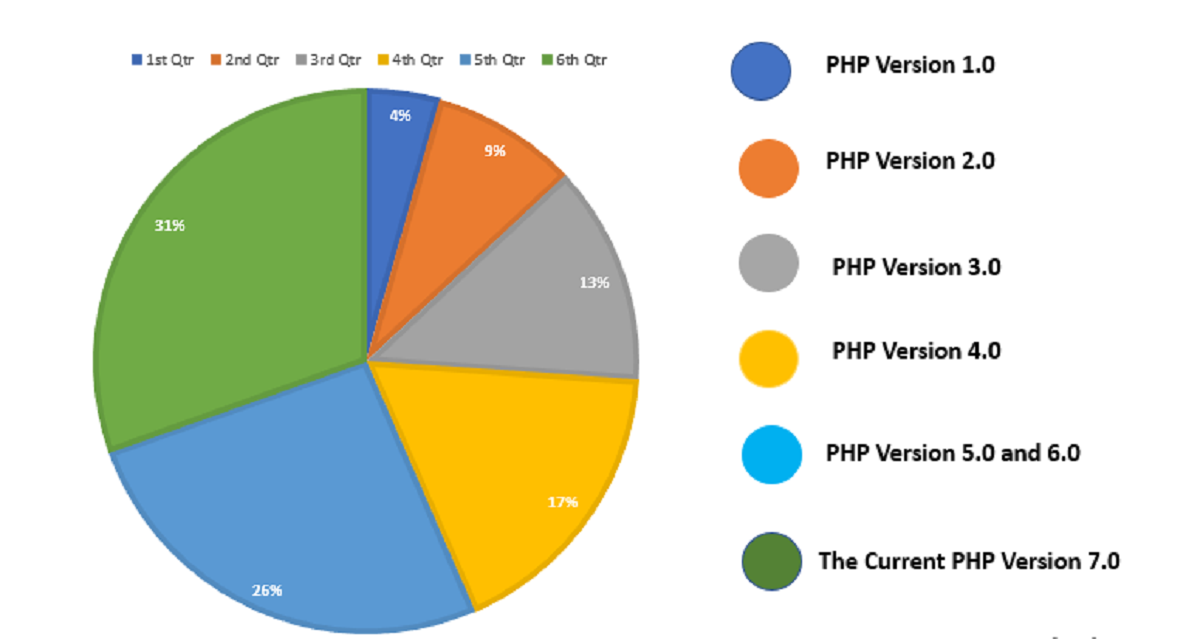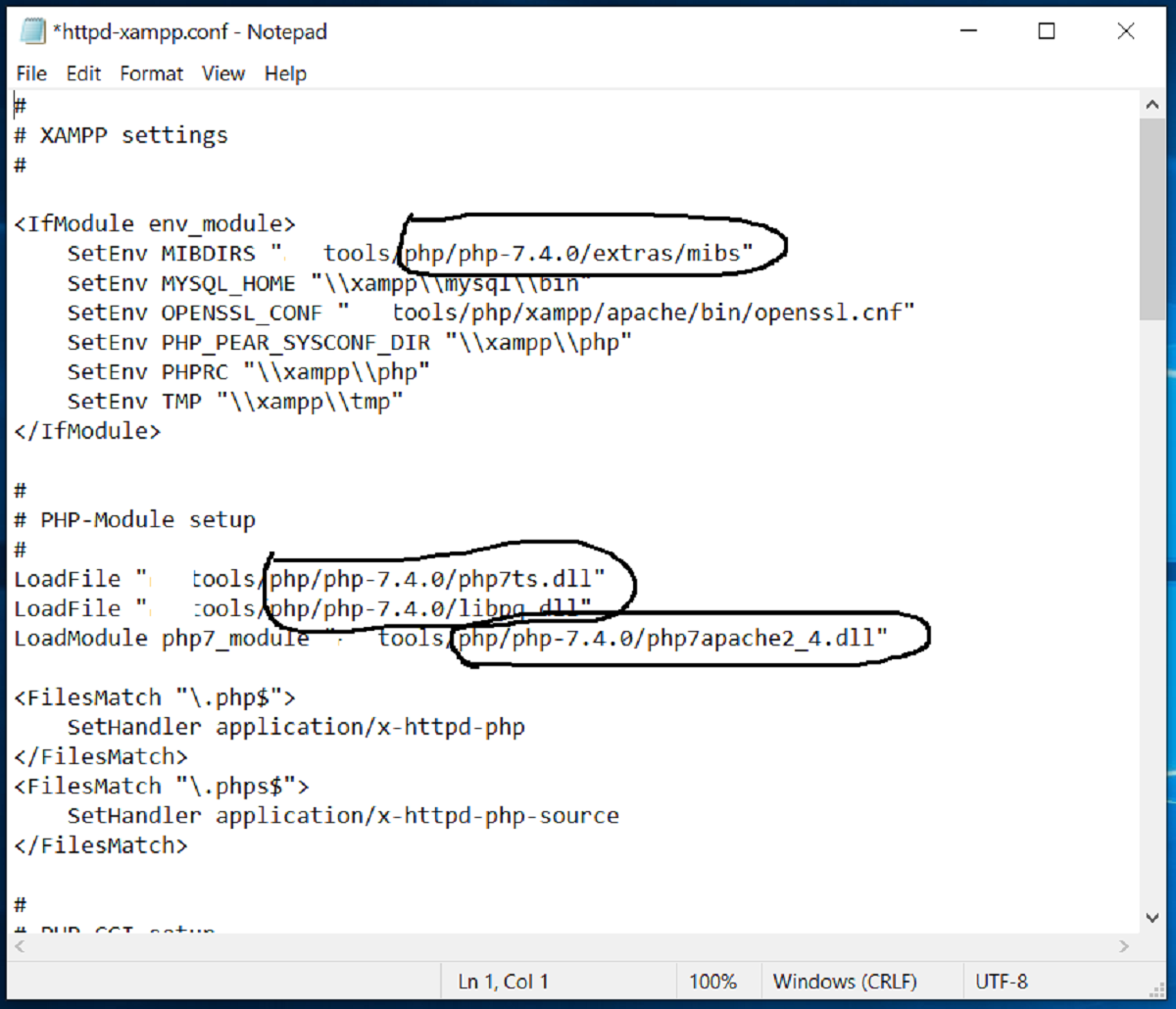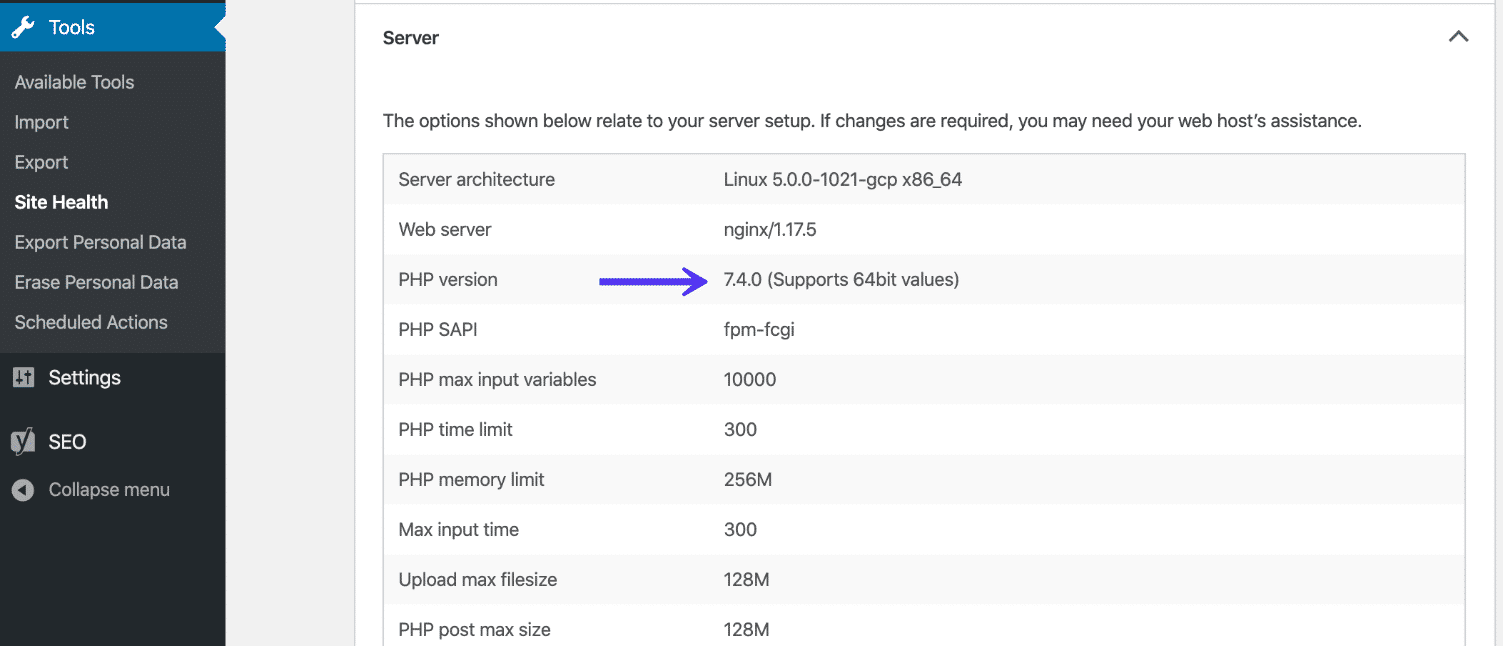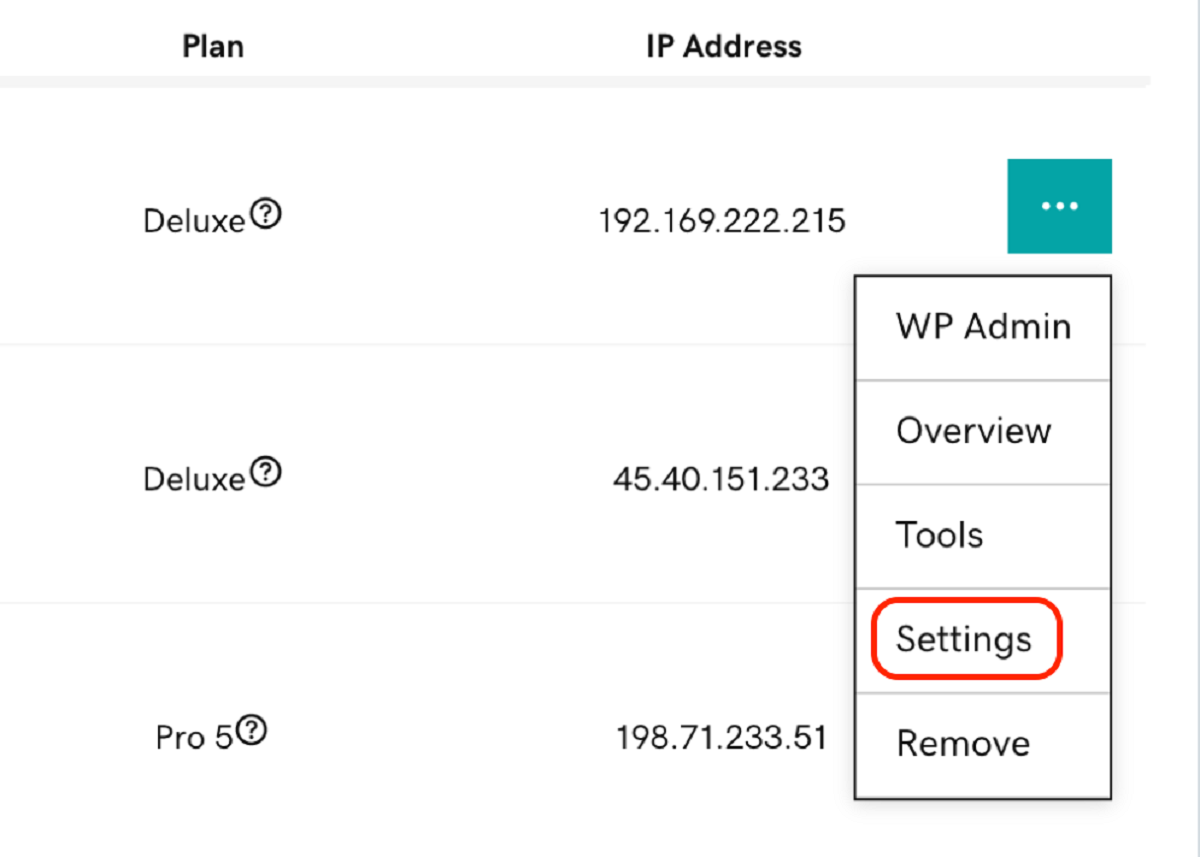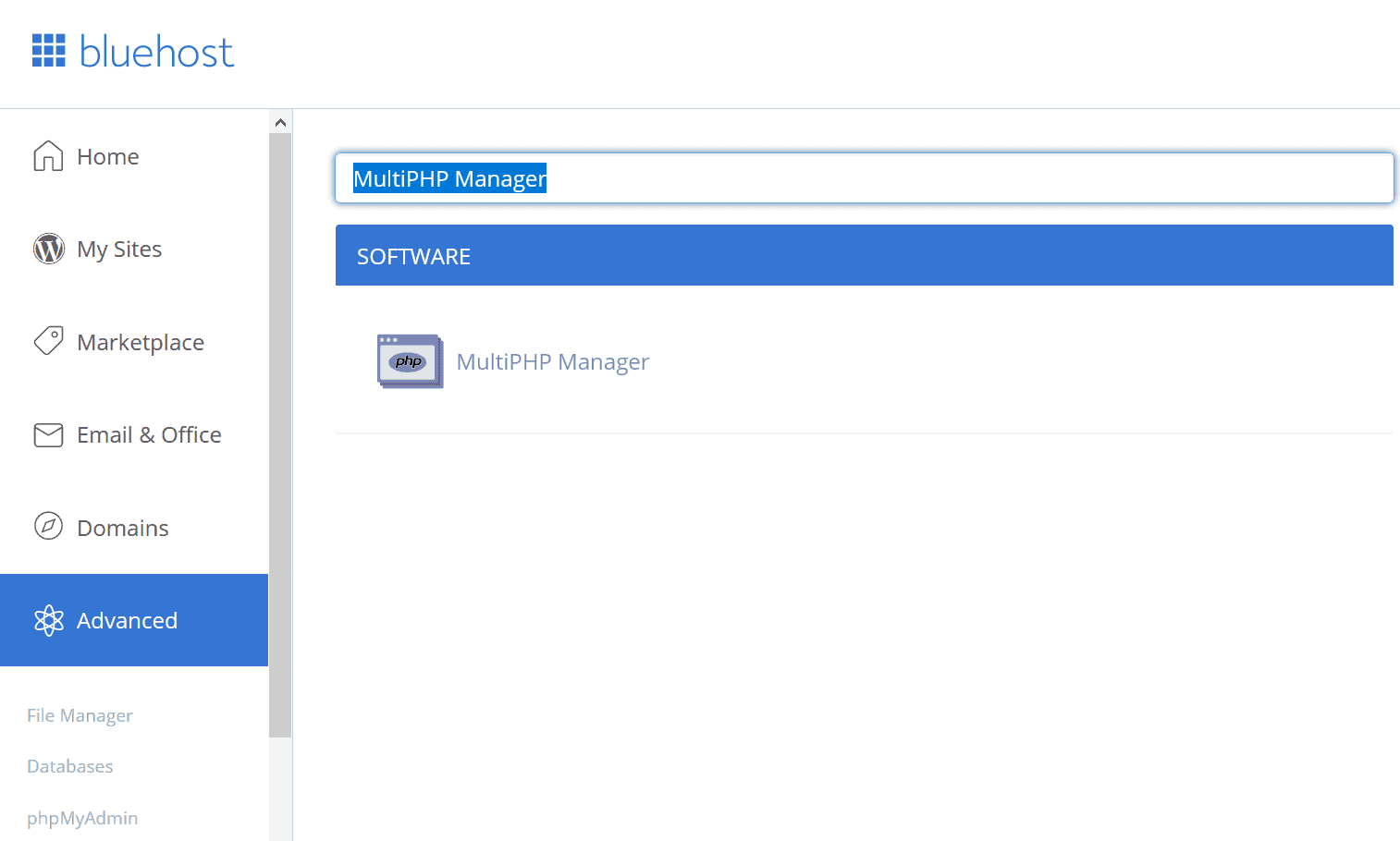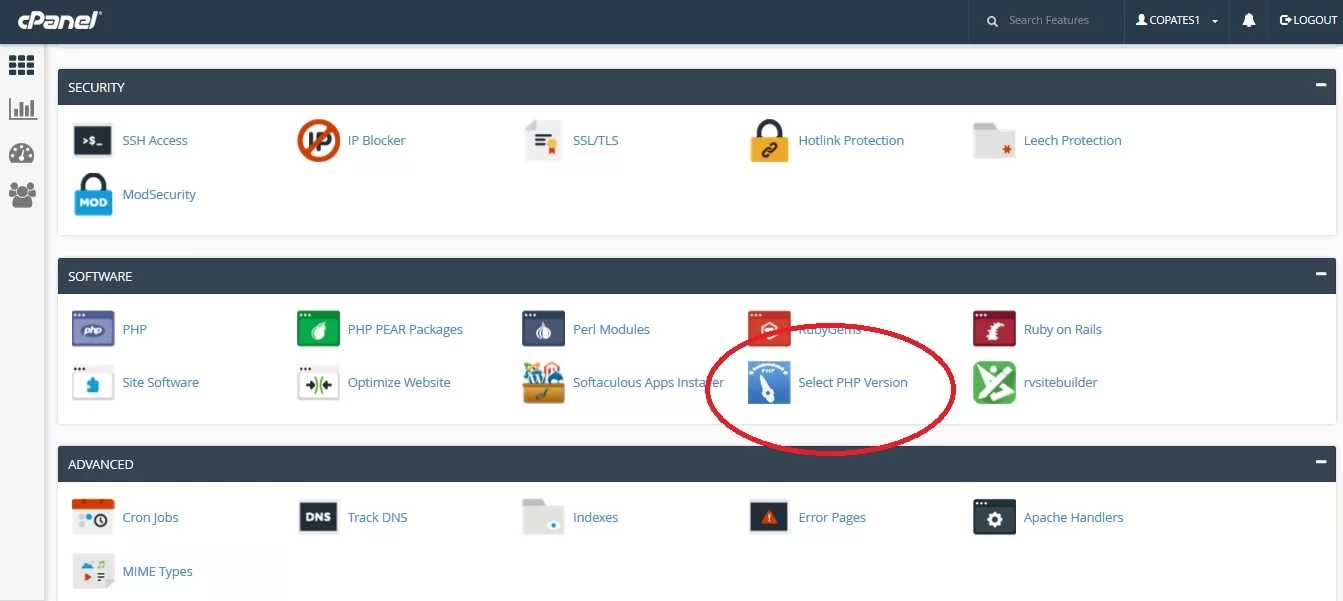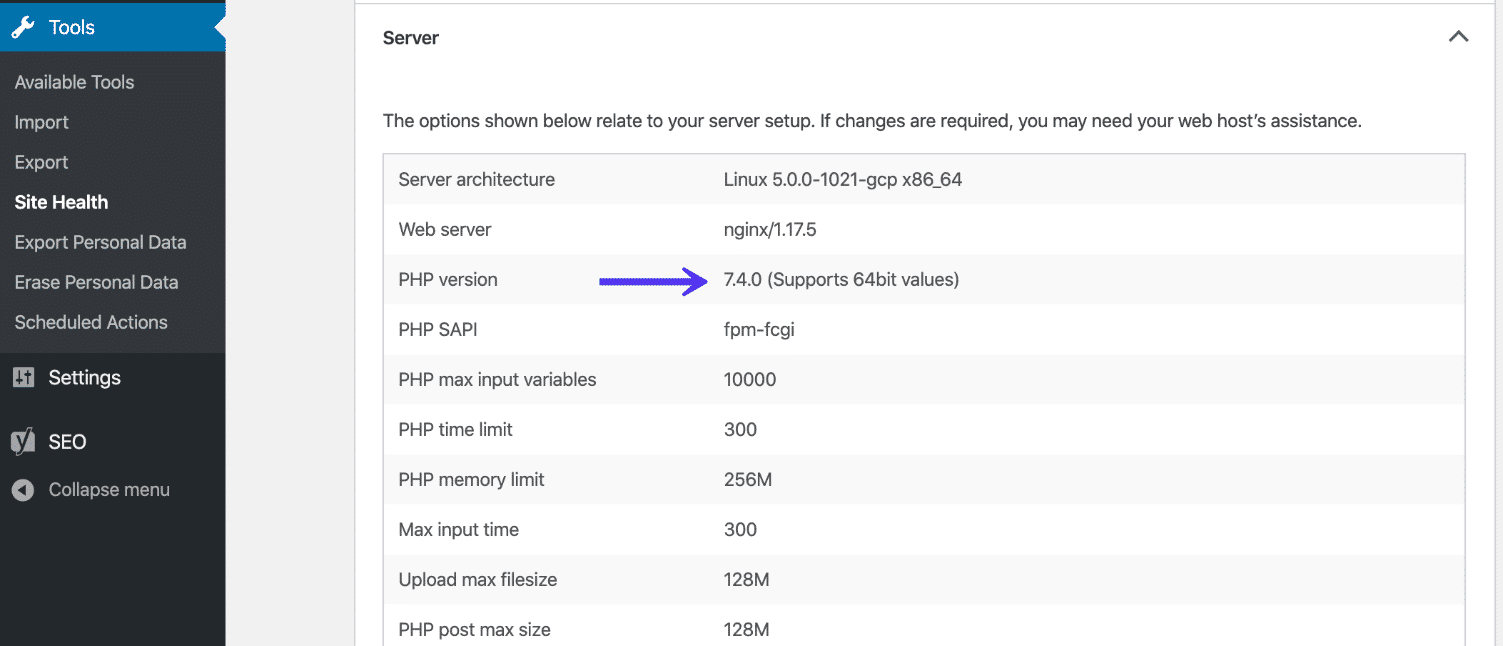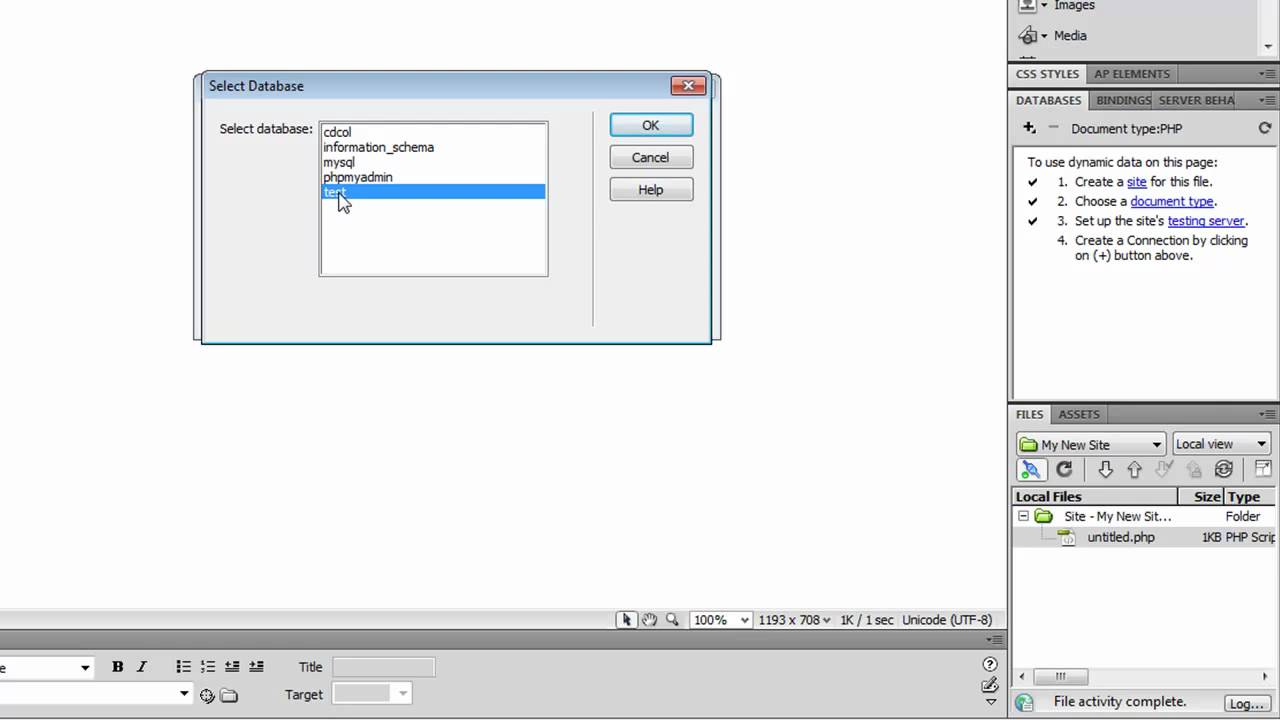Introduction
Welcome to the world of PHP! If you’re new to programming or web development, you may have heard of PHP but aren’t quite sure what it is or why it’s important. In this article, we will explore the basics of PHP, shed light on why keeping up with the latest version is crucial, and delve into the current version of PHP.
PHP, which stands for Hypertext Preprocessor, is a widely used server-side scripting language specifically designed for web development. It offers various functionalities and features that allow developers to create dynamic and interactive web pages. PHP code is executed on the server, and the resulting output is sent to the client’s web browser, making it an essential part of the web development process.
Understanding the importance of PHP versioning is crucial for developers. As with any software, new versions of PHP are released regularly, each offering enhancements, bug fixes, and new features. Keeping up with the latest version ensures that your website or application remains secure, performs optimally, and is compatible with the latest technologies.
In order to fully grasp the significance of the current version of PHP, it’s important to understand the version history. PHP has undergone various major releases, with each new version building upon the previous ones, adding new features and improving performance.
What is PHP?
PHP (Hypertext Preprocessor) is an open-source server-side scripting language used for web development. It was initially created in 1994 by Rasmus Lerdorf and has since become one of the most widely used languages for building dynamic websites and web applications.
PHP is designed to be embedded within HTML code and executed on the server, generating dynamic web content that is then sent to the client’s browser. This enables PHP to perform various tasks, such as database manipulation, user authentication, file handling, and much more.
One of the key features of PHP is its simplicity and ease of use. Its syntax is similar to other familiar languages like C, Java, and Perl, making it relatively easy for developers to grasp and start coding quickly. Additionally, PHP has an extensive library of built-in functions and frameworks that further simplify the development process.
One of PHP’s strengths is its versatility. It can run on various platforms like Windows, Linux, and macOS and has support for a wide range of databases, including MySQL, PostgreSQL, and Oracle. PHP is compatible with almost all web servers, including Apache, Nginx, and Microsoft IIS.
Furthermore, PHP has a large and active community of developers who contribute to its continuous improvement and provide countless resources, tutorials, and frameworks. This thriving community ensures that PHP remains up to date with the latest web development trends and technologies.
Another important aspect of PHP is its performance. PHP is designed to deliver fast and efficient web applications. With features like caching, opcode optimization, and incremental garbage collection, PHP can handle high traffic loads and scale effectively.
In recent years, PHP has evolved and introduced modern programming techniques and features such as object-oriented programming (OOP), namespaces, and anonymous functions. These additions have made PHP more robust, maintainable, and scalable, enabling developers to build complex and sophisticated web applications.
Why is PHP version important?
Keeping up with the latest version of PHP is crucial for several reasons. Let’s explore why staying updated with PHP versions is vital for developers and website owners:
Security: As with any software, older versions of PHP may have security vulnerabilities that can be exploited by malicious users. New PHP versions often include important security patches and updates to protect your website or application from potential threats. By using the latest version, you can ensure that your code and data are secure.
Performance: Each new PHP version brings performance improvements and optimizations. The developers behind PHP constantly work on enhancing the language’s speed and efficiency, making your applications run faster and handle more traffic. Upgrading to the latest version can significantly improve the performance of your website or application.
Bug fixes: PHP is open-source, which means that bugs and issues are continually identified and resolved by the community. Upgrading to the latest version ensures that you have access to these bug fixes, improving the stability and reliability of your code.
Compatibility: Web technologies evolve rapidly, and older PHP versions may not be fully compatible with the latest frameworks, libraries, and tools. Using an outdated PHP version may hinder your ability to utilize new features and technologies, limiting your development options. Upgrading to the latest version ensures that your codebase remains compatible with the latest web development advancements.
Access to new features: Each PHP version introduces new language features, functions, and extensions. By upgrading, you gain access to these enhancements, allowing you to write more efficient code and take advantage of new features that simplify development or add additional capabilities to your applications.
Community support: Using the latest PHP version ensures that you have access to up-to-date documentation, resources, and support from the PHP community. Developers actively contribute to improving the language and creating new tools and libraries that can help you in your development journey. By staying updated, you can tap into a vibrant community that can provide guidance and assistance when needed.
Overall, staying up to date with the latest version of PHP is essential to ensure the security, performance, and compatibility of your web applications. It allows you to utilize the latest features and benefits from the continuous improvements and support provided by the PHP community. Always strive to use the most recent PHP version to stay ahead in the ever-evolving world of web development.
Version History
PHP has undergone significant development and evolution since its inception. Let’s take a brief look at the major versions of PHP:
- PHP 1: Released in 1995, PHP 1 was the initial version of PHP, primarily used for basic server-side scripting.
- PHP 2: This release introduced important features such as support for modules and a more modular architecture.
- PHP 3: Released in 1998, PHP 3 brought significant improvements and marked the transition toward a more robust and powerful language. It introduced support for OOP (Object-Oriented Programming), enabling developers to write more structured and reusable code.
- PHP 4: Released in 2000, PHP 4 introduced a vast array of new features and improvements, including Zend Engine, which boosted performance and memory management. It became one of the most widely adopted versions of PHP.
- PHP 5: Released in 2004, PHP 5 was a major milestone for the language. It introduced important features like SimpleXML, PDO (PHP Data Objects), and the Zend Engine II. Moreover, PHP 5 greatly enhanced support for OOP, making it more competitive with other programming languages.
- PHP 7: Released in 2015, PHP 7 was a game-changer for the PHP community. It brought significant performance improvements, with up to 2x faster execution compared to PHP 5. Additionally, PHP 7 introduced new features like scalar type declarations, anonymous classes, and null coalescing operators.
- PHP 8: The latest major release, PHP 8, was launched in 2020. This version introduced numerous new features and improvements, including JIT (Just-In-Time) compiler support, attributes for metadata, match expression, and union types. PHP 8 further improved performance and memory usage, making it the fastest version of PHP to date.
It’s worth noting that each major PHP release is supported for a specific period, during which bug fixes and security updates are provided. It is recommended to upgrade to a supported version to benefit from the latest features and ensure a secure and optimized development environment.
Features and improvements in the current version of PHP
The current version of PHP, PHP 8, brings a host of new features, improvements, and optimizations that enhance the language’s functionality and performance. Let’s explore some of the notable additions:
- JIT (Just-In-Time) Compiler: PHP 8 introduces JIT compilation, which brings significant performance improvements to PHP code. By dynamically compiling frequently executed portions of code into machine code, JIT allows for faster execution times, resulting in improved overall performance.
- Attributes: PHP 8 introduces support for attributes, which provide a way to add metadata to classes, methods, properties, and more. Attributes allow developers to annotate code with descriptive information that can be used by frameworks, libraries, and tools, enhancing code readability and maintainability.
- Union Types: Union types allow developers to specify multiple possible types for a parameter or function return value. This helps enforce stricter type checking and provides more flexibility when working with different data types.
- Match Expression: PHP 8 introduces the match expression as an enhancement to the existing switch statement. The match expression offers a more concise and expressive syntax, making it easier and more readable to handle complex conditional branching.
- Named Arguments: PHP 8 introduces the ability to pass function arguments using the name of the parameter, rather than relying on the order of arguments. This improves code readability and enables developers to better understand the purpose of each argument.
- Nullsafe Operator: The nullsafe operator (->?) allows developers to safely access properties and methods of objects without explicitly checking for null values. This helps simplify code and reduce the risk of null-related errors.
- Improved Error Handling: PHP 8 introduces a more consistent and unified approach to error handling, making it easier to catch and handle errors in a more streamlined way. Additionally, PHP 8 provides more detailed error messages, aiding in debugging and troubleshooting.
These are just a few of the many features and improvements introduced in PHP 8. The latest version continues to enhance performance, improve syntax, and provide developers with a more powerful and efficient language for building web applications. Upgrading to PHP 8 enables you to take advantage of these new features and optimizations, allowing you to write cleaner, more robust, and faster PHP code.
How to check the current version of PHP?
Checking the current version of PHP installed on your server is a straightforward process. There are a few different methods you can use:
- Using PHP’s phpinfo() function: The phpinfo() function provides detailed information about the configuration of the PHP installation, including the PHP version. Create a new PHP file on your server and add the following code:
- Using the command line: If you have command line access to your server, you can open a terminal or command prompt and execute the following command:
- Using a website checker: There are online tools available that can check the PHP version of a website for you. Simply enter your website’s URL into the tool, and it will provide information about the PHP version running on the server.
- Consulting your hosting provider: If you’re unable to check the PHP version using the methods mentioned above, you can reach out to your hosting provider for assistance. They should be able to provide you with the PHP version installed on your server.
Save the file with a .php extension, and then access it through your web browser. Look for the “PHP Version” section in the output, which will display the current PHP version.
php -v
This will display the version of PHP installed on your system.
It is important to note that the method you choose may vary depending on your server setup and access privileges. Regardless of the method used, checking the PHP version is crucial for ensuring compatibility, security, and optimal performance of your web applications.
Upgrading to the latest version of PHP
Upgrading to the latest version of PHP is highly recommended to take advantage of the latest features, improvements, and security patches. Here are some steps to consider when upgrading:
- Check Compatibility: Before upgrading, it’s important to ensure that your codebase and any frameworks or libraries you use are compatible with the latest PHP version. Review the documentation and release notes of the new PHP version to understand any breaking changes or deprecated features that may affect your code.
- Backup Your Code and Data: It’s always a good practice to create a backup of your codebase and any associated databases or files before performing an upgrade. This allows you to revert back to a working state in case any issues arise during the upgrade process.
- Update Development Environment: If you develop locally using tools like XAMPP, WAMP, or MAMP, update your development environment to the latest PHP version to test your code and ensure compatibility before updating your production server.
- Test on Staging Environment: Set up a staging environment that mirrors your production environment and test your code on the latest PHP version. This allows you to identify and fix any compatibility issues or bugs before updating your live site.
- Update Production Environment: Once you have verified that your code runs smoothly on the latest PHP version in your staging environment, it’s time to update your production environment. Consult your hosting provider’s documentation or support for instructions on upgrading PHP on your server.
- Monitor and Debug: After upgrading, closely monitor your website or application for any issues or errors that may arise. Ensure that all functionality continues to work as expected and address any compatibility issues that may surface. Monitor server logs and error reporting tools to identify and fix any bugs introduced by the upgrade.
- Keep Up with Future Upgrades: Stay informed about future PHP releases and updates. Regularly check for new versions, security patches, and bug fixes. Keeping your PHP installation up to date ensures that you have access to the latest features and improvements while maintaining a secure and reliable environment.
Remember, upgrading to the latest PHP version is essential to benefit from improved performance, security, and new functionalities. By following these steps and staying proactive with your PHP updates, you can ensure that your website or application remains modern, secure, and compatible with the latest web technologies.
Conclusion
PHP, as a powerful server-side scripting language, has evolved over the years, with each version introducing new features, performance enhancements, and bug fixes. Staying up to date with the latest version of PHP is vital for developers and website owners alike.
Understanding the basics of PHP and its importance sets the foundation for creating robust and dynamic web applications. PHP offers a versatile and easy-to-use platform for web development, with extensive community support and a wide range of compatible tools and frameworks.
By upgrading to the latest version of PHP, you gain access to numerous benefits. Security updates protect your applications from potential vulnerabilities, while performance improvements ensure faster and more efficient code execution. Compatibility with the latest web technologies and frameworks allows you to leverage new features and stay ahead in the rapidly evolving web development landscape.
Checking the current PHP version can be done through various methods, such as using the phpinfo() function, command line tools, or website checkers. Once you have determined your current version, following best practices for upgrading is crucial. This includes checking compatibility, backing up your code and data, testing in a staging environment, and finally updating your production environment. Regularly monitoring and debugging your application post-upgrade is essential to ensure everything is functioning as expected.
In conclusion, keeping up with the latest version of PHP is critical for maintaining a secure, high-performance, and feature-rich web application. Embracing the new features and improvements introduced in each PHP release empowers developers to build better applications and stay at the forefront of modern web development.







